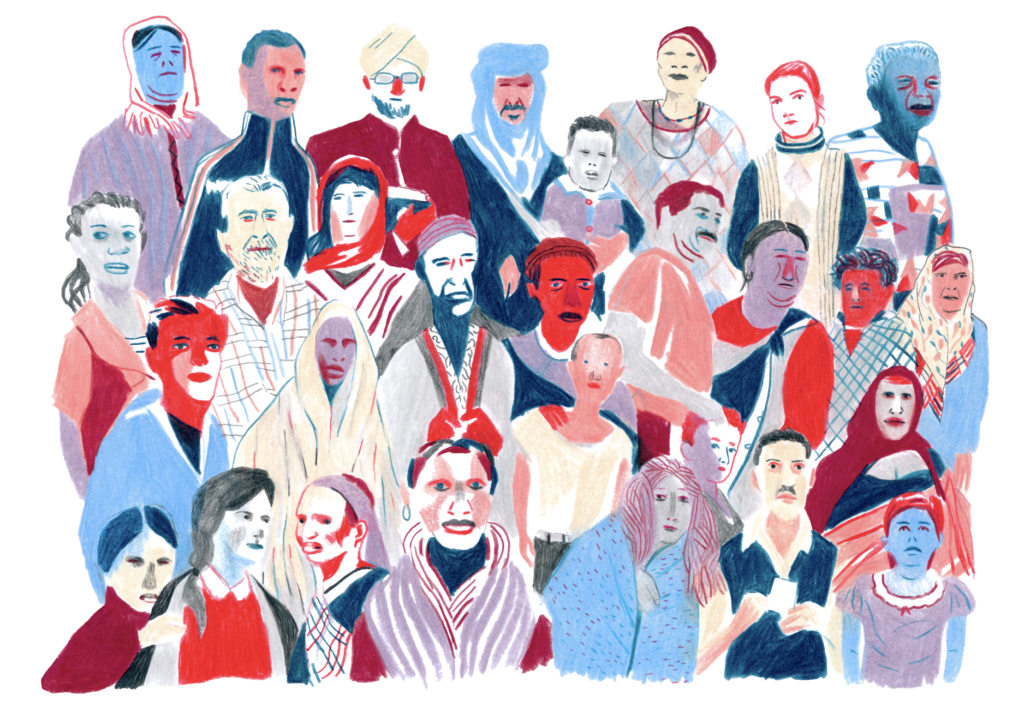
The Danish Refugee Council developed a forecasting tool in partnership with IBM and funded by the Danish ministry of Foreign Affairs. As their new report about Global Displacement Forecast 2022 has just been released, Red Social Innovation has interviewed Alexander Kjærum, Global Advisor and Senior Analyst at the Danish Refugee Council.
100 million people are now displaced worldwide. Ukraine added 12 more million people in a few months. How can data anticipate these deep and sudden changes?
Alexander Kjærum – Displacement is a complex phenomenon driven by a number of different factors that are often intertwined. Our experience using data to forecast displacement shows that it is actually possible to quite accurately forecast displacement for the coming years. For example, our forecast for displacement in Somalia in 2021 was only 1% of the actual displacement level. For Syria it was only 2% off and in South Sudan 4%. That being said cases like the Ukraine crisis and other unprecedented displacement situations are quite difficult to predict solely based on machine learning models. Therefore, we also work with more scenario-based forecasts where we combine qualitative insights from experts to inform the forecasting model.
Which are the three main outcomes of the Global displacement forecast for 2023?
Alexander Kjærum – I think the results are a sober reminder that beyond Ukraine significant displacement is going to happen in the coming years – the model is predicting 8.7 million more people will be displaced by end-2023 and we know that the model tends to be conservative. Another key thing is that only in 4 of the 26 countries, the model is predicting that the number of displaced people will be decreasing over the coming two years. So the results highlight the unfortunate trend that the current displacement crises are not being resolved, while new displacement crises are erupting and coming on top. Lastly, the results show that the forecasted displacement is primarily going to be hosted in Sub-Saharan Africa. Of the 8.7 million predicted to become displaced over the coming two years, 6.6 of them will is estimated to be living in sub-Saharan Africa. Another 800,000 will be living in Asia, while almost 700,000 will be in the MENA region. Less than 300,000 of these 8.7 million people are going to be hosted by countries in Europe or North America.
Are forecast methodologies reliable? How can they be applied to the humanitarian sector and can you share a case study of the DRC?
Alexander Kjærum – With the above-mentioned limitations related to predicting sudden surges in displacement, we believe the forecasting can be quite reliable and also tends to be better than current ways of planning ahead. With funding from ECHO, we are currently trying to apply a model that can used to understand displacement arising from drought in the Horn of Africa for anticipatory action. The project will set-up a response mechanism based on the model so that when certain displacement levels are forecasted, this will trigger certain activities to support pastoralist communities to be able to cope with the future expected drought conditions. We are also working on a similar mechanism for anticipatory action related to conflict-induced displacement, where we are forecasting displacement at the local level 3-4 months ahead. So, we truly believe that these models really can help us become both more evidence-based and data driven in our decision-making, and also serve as the backbone for more anticipatory humanitarian response.
* Learn more about Foresight, the tool developed by the Danish Refugee Council using machine learning to predict refugees displacement.


